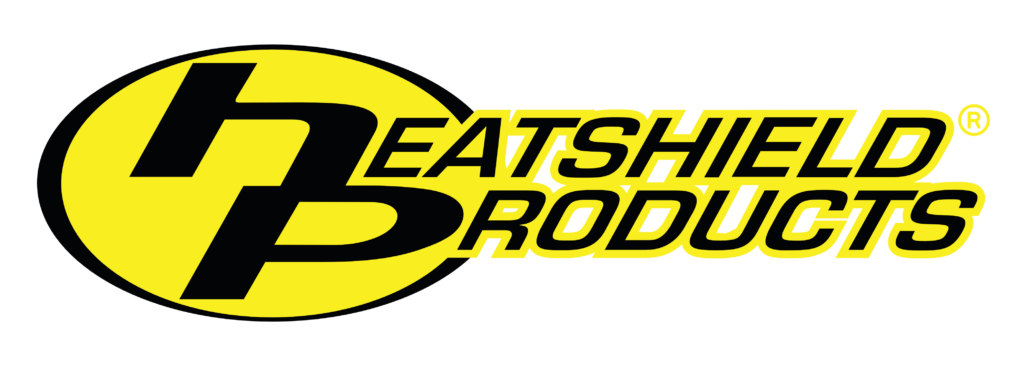Whether your vehicle has a carburetor or fuel injection, vapor lock can bring it to a standstill, causing hours of frustration. If you’re a racer, it can put the car on the trailer well before you’re ready to leave the track. But proper use of thermal barriers can prevent vapor lock, no matter how hot the day gets.
Vapor lock happens when the temperature of the fuel heats up enough to transform it from liquid to vapor. And since fuel pumps are designed to pump liquid, not air, vapor lock effectively starves the engine of fuel. Without the proper volume or pressure of fuel, the car will run rough or completely stall. Vapor lock typically happens during summer months, when high outdoor temperatures are combined with high engine and exhaust heat. And high altitude also makes a vehicle more prone to vapor lock.
The solution is to protect the fuel lines from getting hot in the first place.
For carb-equipped vehicles, one of the easiest solutions is to use a thermal-barrier sleeve on the fuel lines, such as the Heat Shield Sleeve from Heatshield Products. Its built-in, high-temp, hook-and-loop fastener system makes installation a breeze, because you don’t have to remove the fuel lines. A roll of Heat Shield Sleeve can be cut to various lengths for the different sections of fuel lines. Do you have a show vehicle?Use Heat Shield Sleeve for protection while driving, then easily remove it to maintain a restored look.
For fuel-injected vehicles that use a multi-port system with a common-rail design, Heatshield Products offers the FR Shields thermal barrier. This installs around the fuel rails to shield them from underhood heat. Supply lines and return lines should also be shielded from underhood heat.
A thermal-barrier sleeve for throttle-body–type EFI systems with single fuel lines feeding into the throttle body – and in some cases with a single return line – the Heatshield Products Lava Tube is a great solution to help keep fuel lines cooler.
You can also use HP Sticky Shield around the fuel tank to keep the fuel cooler and to protect the tank from the heat being generated by the exhaust system.
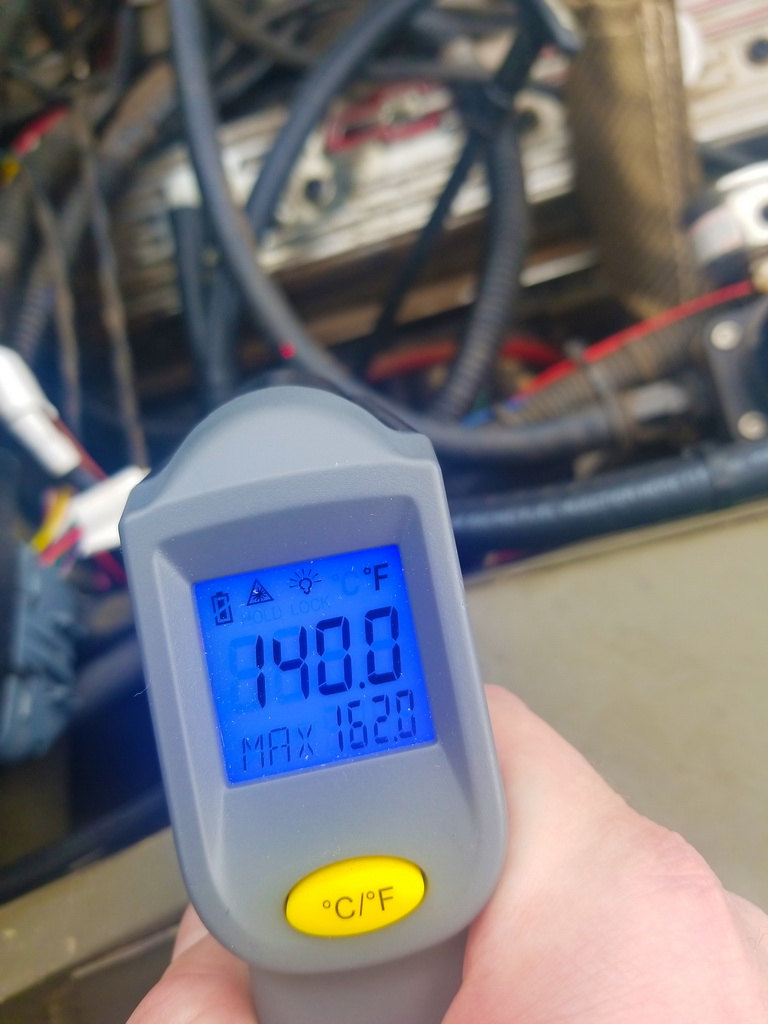
ABOVE: We recently diagnosed a vapor-lock issue on a vintage Jeep. The Jeep had a small-block Chevy engine with a FAST EZ-EFI fuel-injection system. Don’t ignore the fuel return line in EF-equipped vehicles. The warmer the fuel is in the tank, the more susceptible the vehicle will be to vapor lock, so be sure to add protection to return fuel lines. The temperature of the return line near the throttle body measured 140 degrees F after normal driving in 90-degree weather.
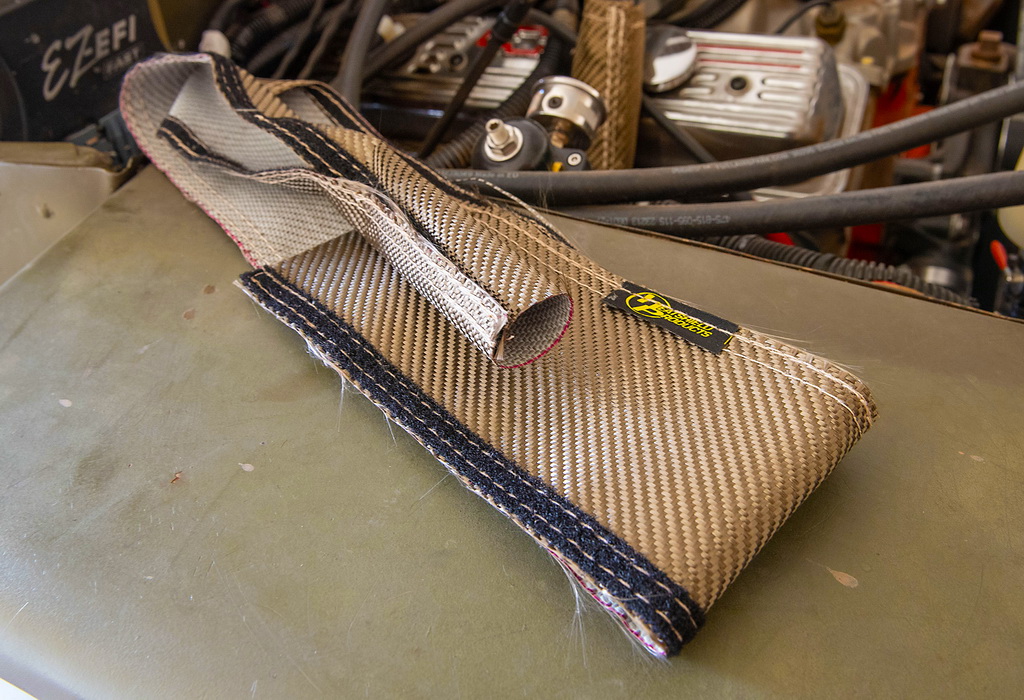
ABOVE: To help shield both the supply fuel line and the return line from heat, we added the Heatshield Products Lava Tube thermal-barrier sleeving. It’s made from our specially formulated, volcanic rock-based thermal-barrier material that’s designed to block heat and resist damage from solvents and fluids.
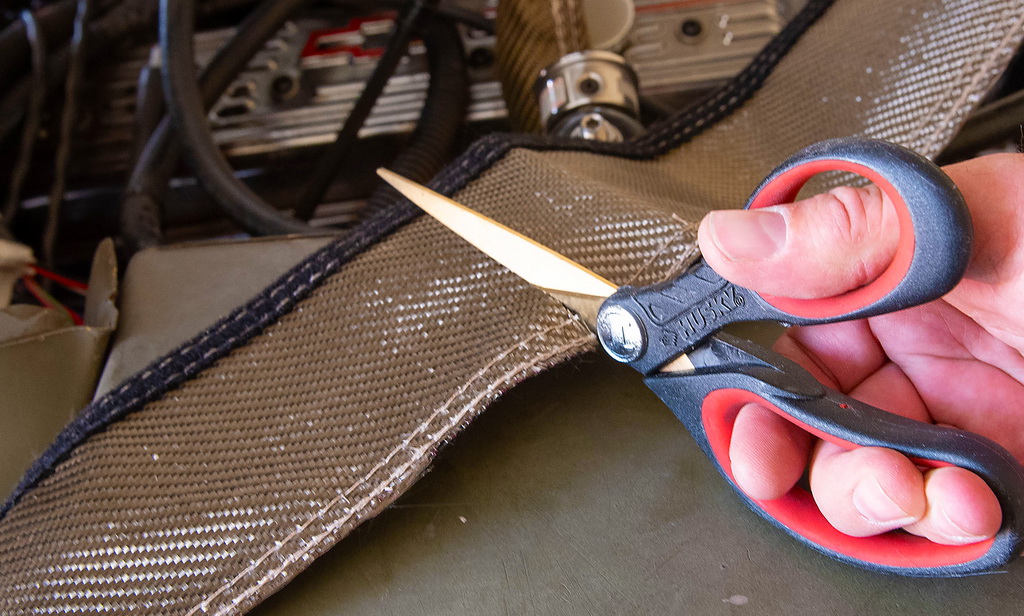
ABOVE: Lava Tube is easy to cut to the length needed with a pair of heavy-duty scissors. Underhood, you’ll want to cover the fuel lines from the point where they attach to the carburetor or EFI to where the fuel lines exit the engine bay. One common problem is when the fuel lines haven’t been covered far enough; wrapping the lines near the header won’t be sufficient.
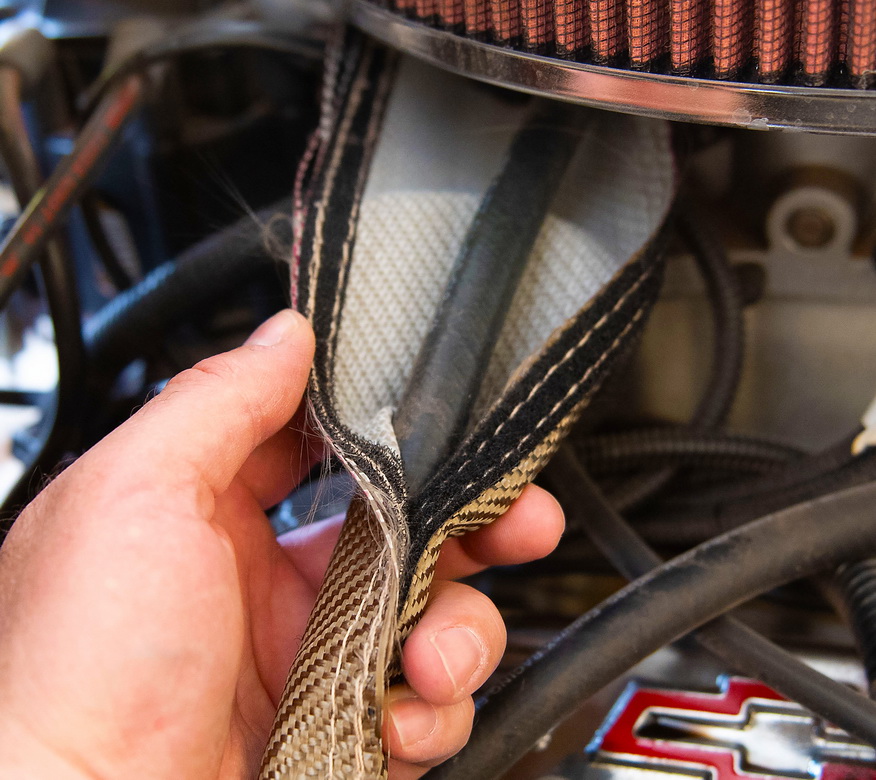
ABOVE: The Lava Tube’s built-in, high-temperature, hook-and-loop fastening allows for simple installation on lines, linkages and wiring harnesses, even those already installed. You’ll need to seal the ends of the barrier to fit tightly around the hose and fittings so that heat won’t seep in.
